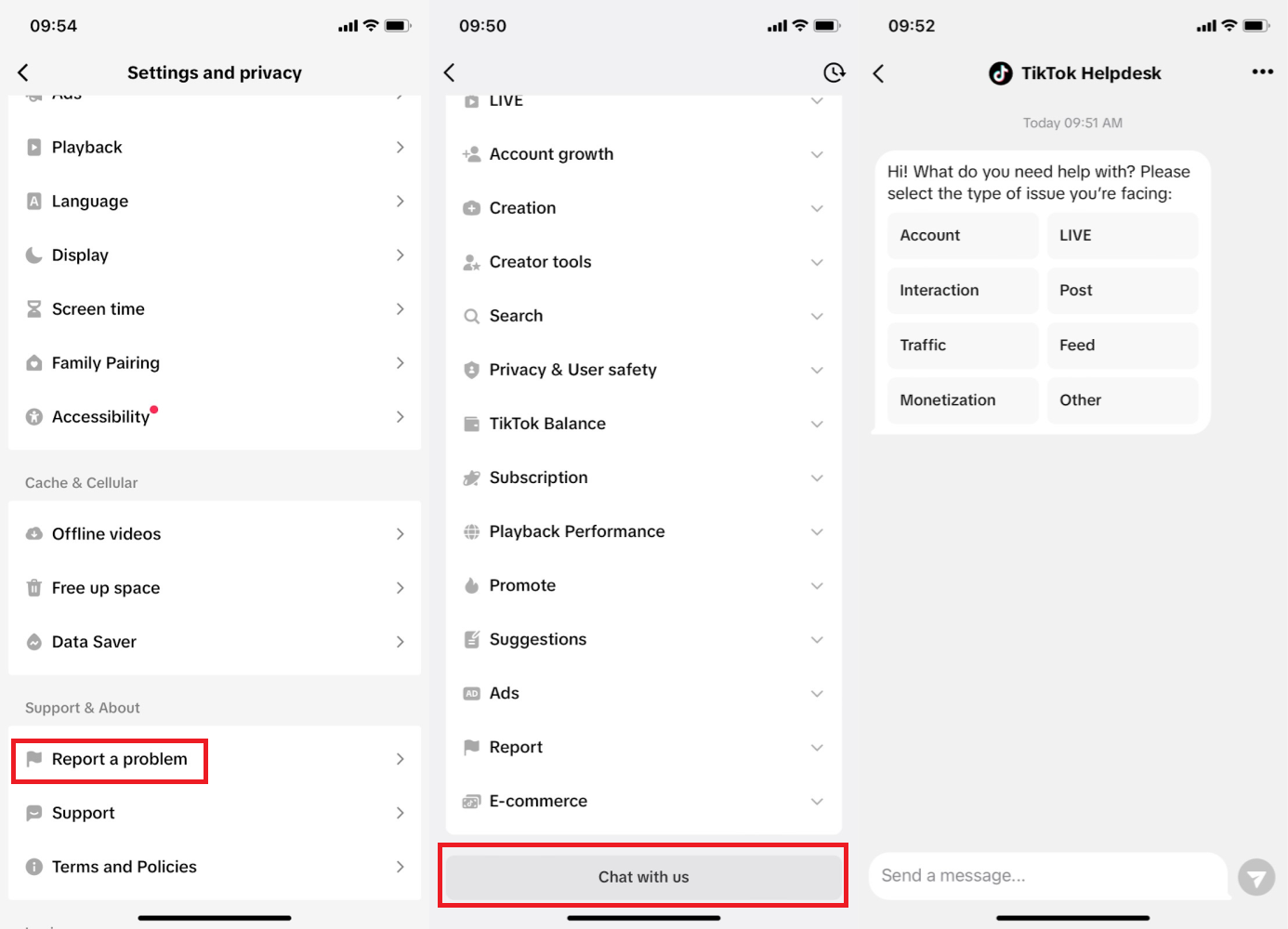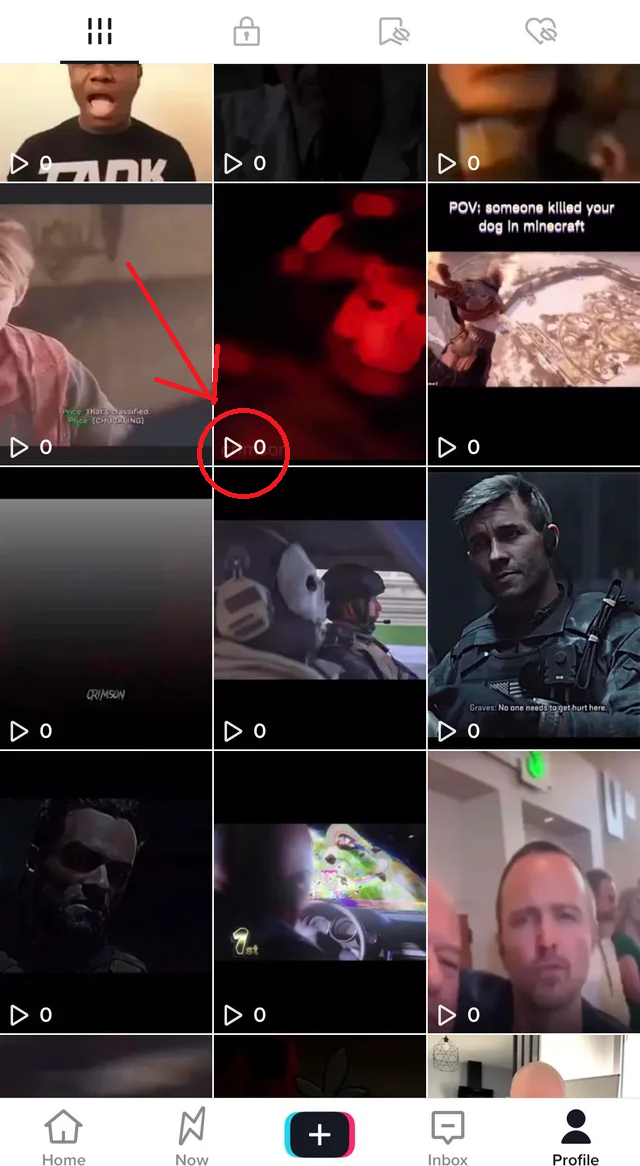TikTok isn’t just a playground for Gen Z anymore—it has rapidly evolved into a powerful marketing engine for brands across industries. With billions of monthly views and a highly engaged user base, TikTok presents a unique opportunity for marketers, business owners, and decision-makers to amplify their brand visibility and connect with audiences in real time. But what do views mean on TikTok, and how should professionals interpret them within the context of performance-driven strategy?
Understanding how TikTok counts views—and more importantly, what those views actually signal about audience behavior—is essential for crafting effective, ROI-focused campaigns. In this article, we’ll break down the mechanics behind TikTok views, demystify the platform’s algorithm, and provide actionable insights tailored for marketing professionals, entrepreneurs, and business leaders looking to leverage TikTok as a serious part of their digital strategy.
Understanding TikTok Views: Definition and Mechanics

When evaluating what do views mean on TikTok, it’s essential to first understand how the platform defines a "view." Unlike YouTube, where a view typically requires at least 30 seconds of watch time, or Facebook and Instagram which may count views after 3 seconds, TikTok registers a view the moment a video starts playing—even if the user scrolls past within a second. This means every autoplay counts, making TikTok’s view metric significantly more liberal than other platforms. While this can result in inflated numbers, it also presents unique opportunities for marketers and business leaders to quickly gauge initial content reach. However, to truly assess performance, these raw view counts must be interpreted alongside deeper engagement signals like watch time, comments, and shares.
The Business Value of a TikTok View: Beyond Surface-Level Metrics
When evaluating what do views mean on TikTok, it’s essential to look beyond the surface. While a high view count might suggest reach, it doesn’t always equate to business impact. In the world of digital marketing, there’s a critical distinction between vanity metrics—numbers that look impressive but offer little strategic value—and actionable metrics, which directly influence decision-making and ROI.
Consider this: a branded TikTok campaign garners 500,000 views in 48 hours—an impressive figure at first glance. However, engagement rates hover below 1%, with minimal shares, comments, or click-throughs. The takeaway? Views alone can’t drive conversions or loyalty. Business leaders and marketing executives must assess whether those views are aligned with meaningful engagement and audience intent. Only then can views translate into measurable value.
Views vs. Engagement: What Really Drives ROI
When evaluating what do views mean on TikTok, it's critical for marketers and decision-makers to distinguish between surface-level metrics and those that drive true business value. A view, while an indicator of reach, doesn’t inherently reflect user interest or intent. Watch time, shares, comments, and—most importantly—conversions are far more telling of content performance and brand impact.
Watch time reveals whether your audience is truly consuming your message, while shares and comments indicate emotional or cognitive resonance. These engagement signals heavily influence the TikTok algorithm, which prioritizes content that sparks interaction over content that’s merely viewed. High engagement rates can lead to exponential reach via the For You Page (FYP), translating into more qualified traffic and stronger ROI.
For business leaders aiming to allocate budget effectively or marketers crafting growth strategies, understanding the distinction between views and engagement is non-negotiable. Real influence on TikTok is built not just by being seen—but by being remembered and acted upon.
How TikTok Views Affect Organic Reach and the Algorithm

When examining what do views mean on TikTok from a strategic marketing lens, it's essential to understand their direct impact on organic reach—particularly through TikTok's For You Page (FYP) algorithm. Views are not just passive numbers; they serve as early signals to TikTok’s machine learning model, indicating whether a video is resonating with viewers. The platform measures viewer behavior within the first 24–48 hours—such as whether users watch the full video, rewatch it, or scroll past quickly. High engagement early on, even within the first few seconds of playback, can trigger wider distribution across user feeds. For brands and marketers, optimizing content to generate meaningful views in this critical window can significantly amplify reach and improve content performance—turning simple exposure into strategic visibility.
What Views Can (and Can’t) Tell You About Your Audience

When evaluating what do views mean on TikTok, it’s crucial to understand both their capabilities and limitations in offering audience insight. A high view count may indicate reach, but it doesn’t necessarily reflect who is engaging or why. TikTok Pro and Business accounts unlock deeper demographic insights such as viewer age, location, and behavior trends — data essential for marketers and decision-makers aiming to tailor content with precision. However, views alone can’t differentiate between passive scrolling and genuine interest. To gauge true engagement, analyzing metrics like watch time and interaction rates is key. Strategic use of analytics tools empowers brands to move beyond vanity metrics and uncover patterns that influence buyer behavior and campaign effectiveness.
Strategic Tips to Turn Views into Marketing Wins
Understanding what do views mean on TikTok is only the beginning—leveraging those views to drive real business impact requires strategic content execution. To maximize qualified views, marketers should prioritize value-driven formats such as tutorials that educate, behind-the-scenes content that builds brand intimacy, and storytelling ads that emotionally engage audiences. Success on TikTok is not just about going viral—it's about aligning each piece of content with brand objectives and delivering it at the right moment. Utilizing trending hashtags, timing posts to match peak engagement hours, and riding relevant trends can significantly enhance visibility. For business owners and senior marketers, this approach transforms TikTok from a passive media channel into a measurable, conversion-ready touchpoint.
When Are Views Misleading? Red Flags for Marketers
While a high view count may initially appear impressive, it’s important to question the quality behind those numbers. In the context of what do views mean on TikTok, marketers must differentiate between visibility and true engagement. Buying views is a common pitfall—these inflated metrics may boost vanity, but they undermine credibility and offer zero strategic value. If your content is generating significant views but few conversions, that’s a red flag indicating your message may not be resonating with the right audience. In today’s data-driven marketing landscape, smart leaders focus on strategic KPIs—such as watch time, shares, and conversion rates—rather than chasing hollow numbers. Understanding when views are misleading can be the difference between a viral post and a sustainable, results-driven campaign.
Final word
Understanding what do views mean on TikTok is more than a matter of vanity metrics—it's a critical component of evaluating real audience reach and campaign effectiveness. As marketing professionals, business owners, and corporate leaders, it's essential to shift the focus from chasing high view counts to creating value-driven content that aligns with strategic business goals. A view without intent or engagement is simply noise in a crowded feed. Now is the time to audit your TikTok performance, identify which content drives meaningful action, and refine your strategy based on data, not assumptions. Leverage insights—not just impressions—to elevate your brand presence and maximize ROI on one of the most powerful platforms in today’s digital landscape.





